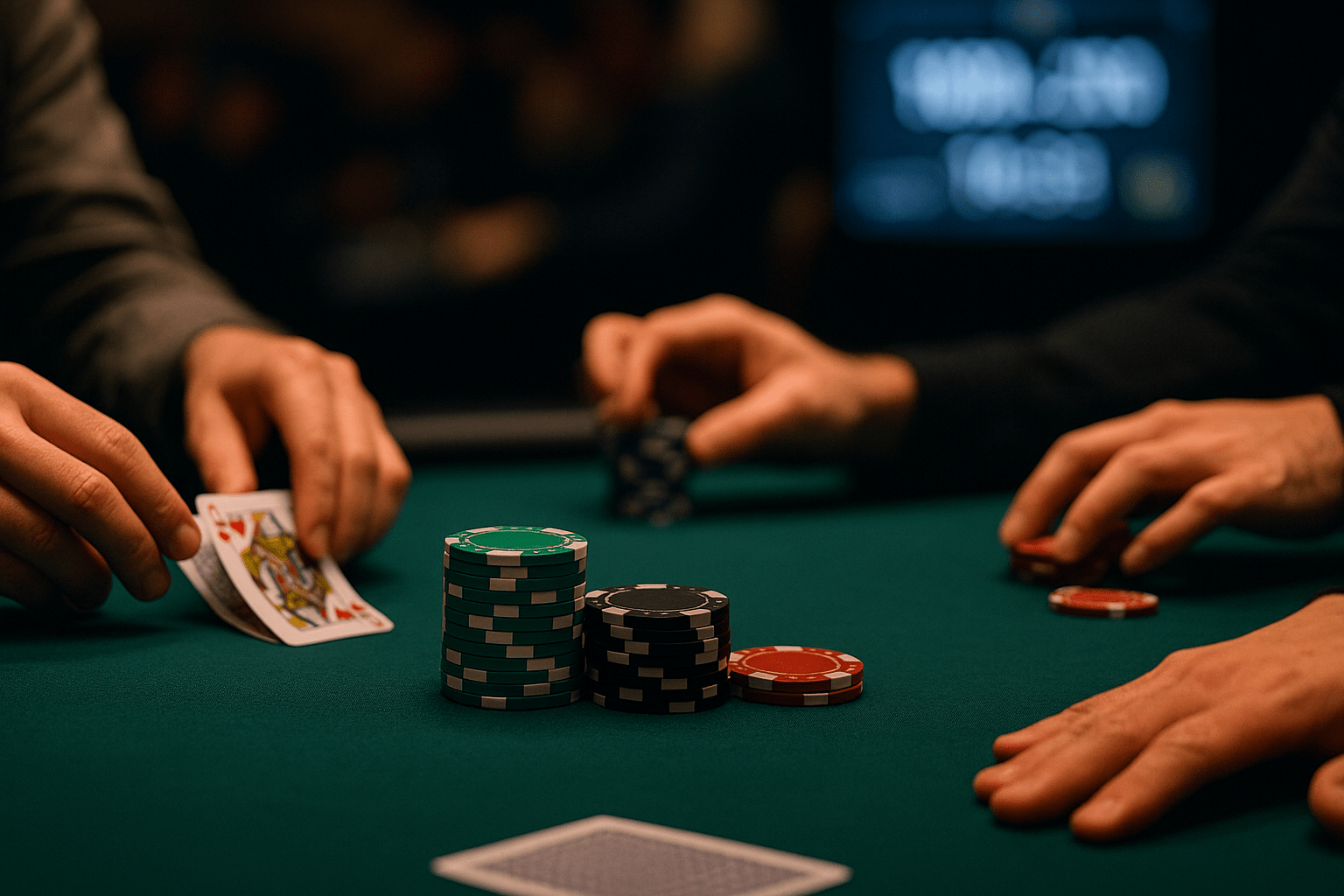Adapting Your Poker Strategy Mid-Tournament: How Winners Stay Ahead
The scale of competition in poker is often measured by the numbers, and nowhere is this clearer than at the 2025 WSOP Main Event, where 9,735 players built a prize pool of $90,535,500 with $10,000,000 awaiting the champion. In such vast fields, survival demands more than a single plan carried from start to finish. Big fields demand constant adjustment and the same principle reflected online in pro reviews such as Poker Scout expert analysis 2025 showing how the most trusted sites compete by letting players move between cash tables, major tournaments, and faster formats rather than being locked into one pace of play. The lesson is clear: in every environment, online or offline, adaptability is survival.
Reading the Pressure of Blind Levels
When thousands compete for life-changing prizes, the first pressure every player feels comes from the constant rise of blinds. Early on, deep stacks make it possible to see more flops and take smaller risks, but that comfort fades quickly as each level makes the price of entry higher. Strategies that worked in the opening stages soon drain chips when the average stack begins to shrink.
The real adjustment comes in recognising how less time and fewer chips change decision quality. Psychology research on time pressure effects on decision-making shows that when people are forced to act faster, they take in less information and fall back on simpler choices - exactly what happens to players who fail to adapt as blind levels climb. The ones who survive are those who update their play with every level, refusing to let the clock dictate decisions for them.
Responding to Table Dynamics
Blind pressure is only part of the story; the other comes from the people across the table. Players bust out, new ones sit down, and even a single seat change can alter how every hand plays. Treating a new lineup as if nothing has changed is the quickest way to make mistakes.
The way forward begins with careful observation, because every player added or removed changes the balance of styles, from cautious folders to relentless raisers, and each demands a different answer. Against opponents who fold too often, wider steals from late position can pay off. Against those who open aggressively, patience and selective counter-moves work better. Research into the psychology of uncertainty shows that these moments demand a reset in thinking, where decisions are rebuilt from what the current players reveal rather than from habits formed earlier in the day.
Recalibrating Aggression
Adjusting to opponents is only half the battle; the other lies in knowing how forcefully to play your own hands. Aggression that wins chips in one stage can burn through them in the next, especially when the bubble or major pay jumps alter incentives.
The practical guide is to weigh position, stack depth, and field pressure together. A surplus of chips allows well-timed pressure on cautious opponents, while a below-average stack calls for restraint until the right spot arrives. The balance is never fixed - recalibration is what keeps aggression profitable instead of reckless.
The Long Game
Adaptation in poker is not a single move but a habit sustained across hours of play. Each blind rise, every redraw, and each new stage of payouts demands another adjustment, and those who continue to update their approach last longest.
Tournaments reward survival first, victory second, and the path to both lies in never allowing early habits to harden into final-table decisions.

